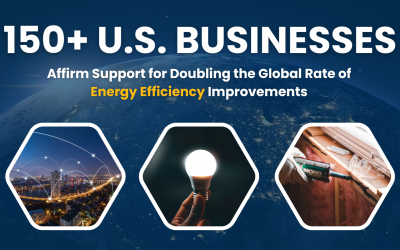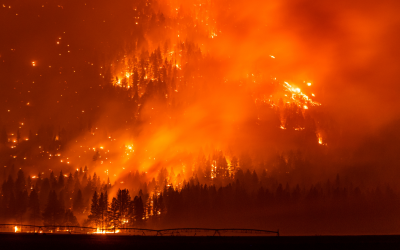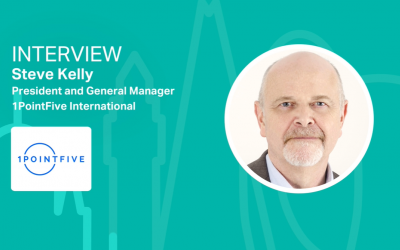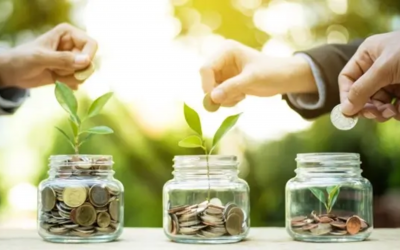A Danish solution to a global challenge?
Denmark has been a forerunner in the transition to a low-carbon economy for almost five decades. Along the way we have come very close to proving that thinking green and operating a strong business model are not opposites. Some practical into how we have achieved this are worth keeping in mind as we approach the COP21 negotiations in search of a global climate agreement.
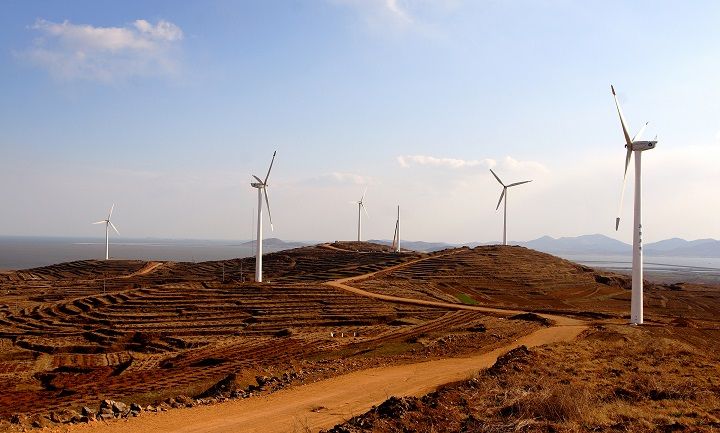
Denmark is uniquely placed to meet the challenges of improving energy efficiency thanks in large part to the powerful technological competence, research expertise and strong capacity for problem-solving which we have cultivated over time.
Since the 1970s, Denmark has managed to readjust its energy model from being highly dependent on imported oil, to being one of the greenest and most energy-efficient countries in the world. The Danish energy sector has built up a strong position as a respected purveyor of energy solutions. Today, intelligent energy technology is as important for our climate as it is for our commerce and competitiveness.
"By 2050, Denmark aims to be independent of fossil fuels"
These days, all eyes are on the international climate negotiations in Paris. Denmark is fully committed to the process and, as a member of the EU, we are working hard to ensure an ambitious agreement. As the first major player, the EU has put forward a demanding target to reduce our emissions by at least 40 per cent by 2030 in comparison with 1990 levels. Denmark fully supports this challenging target.
By 2050, Denmark aims to be independent of fossil fuels. While we have set the bar high, we are nevertheless well aware that we cannot solve the global climate challenge ourselves. A global climate agenda requires all countries, and in particular the high-growth, energy intensive economies, to participate. This is why all opportunities to join forces globally are important, and COP21 in Paris is no exception.
The Danish energy model
The Danish energy model has the potential to serve as a catalyst for other countries to advance the transformation of their own energy systems. In short, the model demonstrates two important maxims:
Energy savings, optimised manufacturing and investments in green energy technologies can be good value for money.
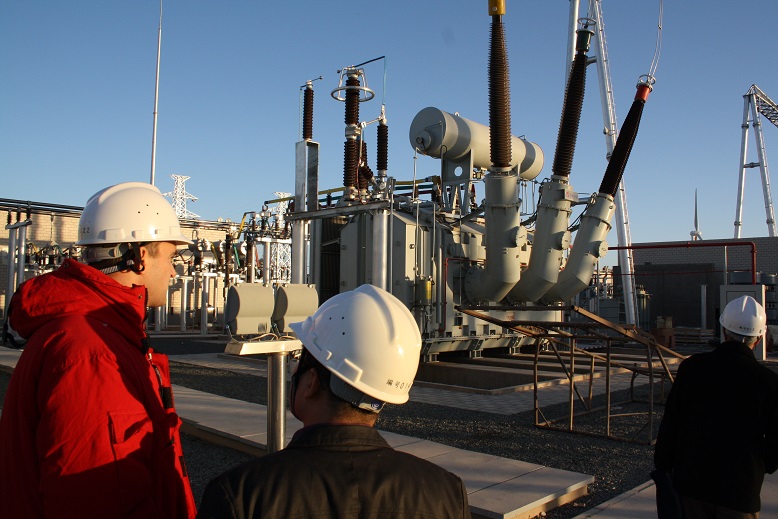 A persistent and active energy policy, allied to the provision of support for technical innovation and industrial development, is crucial to success.
A persistent and active energy policy, allied to the provision of support for technical innovation and industrial development, is crucial to success.
Accordingly, Danish energy policy has been based on a broad consensus in the Danish Parliament which has provided stable, long-term political framework conditions for the green sector. This sector today employs around 58,000 people in Denmark, and is driven by innovation of internationally competitive products and services.
We have strong footholds within key areas of the energy sector such as wind, district heating and energy efficiency. In addition to this, we are experiencing impressive growth in emerging areas such as smart grid technology and bioenergy.
Such development has been, and still is, a juggling act between policy-driven and market-driven actions. Gradually, the market is starting to take the lead as green technologies begin to follow the same rhythm of supply and demand as exhibited by any other product on the free market. There is no doubt that a strong, interconnected regional energy market and extensive research into green solutions will be essential if we want to reduce global warming, secure a high standard of living and sustain economic growth.
Action outside the negotiating rooms
Global climate negotiations are important, but reaching a consensus takes time and, as pointed out by the International Energy Agency, if we are to keep the increases of global warming under 2 degrees Celsius based on pre-industrial levels, then we desperately need to make progress before 2020, when the new global climate agreement is expected to enter into force. Owing to these factors, Denmark has constantly reiterated its commitment to, and support for, action outside the negotiating rooms both up to 2020 and beyond.
Our aim is to help ensure the viable development of the global energy sector by promoting capacity building, cost-efficient energy saving and the reduction of emissions. Through international cooperation, we seek to assist governments and foreign energy sectors to realise cleaner and more reliable energy systems in the future.
"Danish assistance is focused on the energy sectors of emerging markets"
Danish assistance is focused on the energy sectors of emerging markets. The support we provide serves the dual purpose of improving local energy systems while at the same time highlighting Danish expertise in the area of delivering green solutions. This helps to increase the profile of Denmark’s expertise and opens the door to expanding markets for Danish energy products and solutions. This ‘green growth dividend’ is an attractive spill-over effect of our green energy policies and is best explained with reference to a few examples:
Country-to-country cooperation
The Danish Energy Agency supports emerging economies to combine sustainable future energy supplies with economic growth. We cooperate with China, Mexico, Vietnam, South Africa, Ukraine, Turkey and Indonesia, assisting with technical analyses, policy development and climate strategies.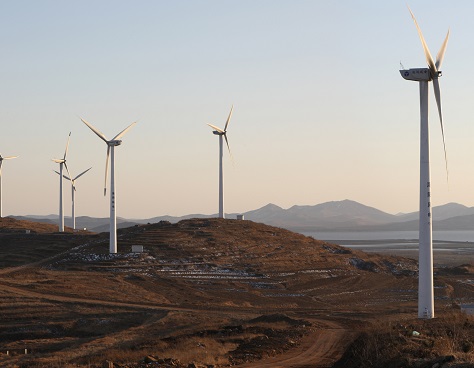
Based on our experience with renewable energy and energy efficiency, we help these countries to transform their energy sectors so that they can deploy an increasing number of low-carbon technologies.
Such country-to-country cooperation also has a specific focus on the Danish energy model and Danish technical solutions, with the focus being on integrating a high degree of renewable energy into the system. In the Danish case, this includes a considerable amount of both onshore and offshore wind power.
Such an emphasis on wind power has resulted in Danish companies becoming world leaders in wind technology. It is this technology which forms a part of many of the projects in our partnering countries which see wind-power integrated into energy systems for the benefit of both the climate and the economy.
District heating
Denmark has a district heating cooperation with China and Ukraine: two countries with extensive networks of their own. Danish companies have unique experience in harnessing surplus heat for the benefit of neighbouring cities, and in both China and Ukraine there is considerable potential for exploiting surplus heat from industry for use in district heating.
Danish companies are supporting the Chinese city of Anshan to make use of surplus heat from a steelworks in order to generate low-cost heating for the more than one million residents. This case also shows a high potential for scaling up utilisation of surplus heat from the steel industry.
"Cooperation on district heating schemes also focuses on energy efficiency"
Cooperation on district heating schemes also focuses on energy efficiency. An analysis from Ukraine shows that if the country were able to increase its energy efficiency to levels on a par with the EU average, annual energy savings would be equal to the total amount of gas that Ukraine imports. We are therefore currently involved in assisting Ukrainian heavy industry to become more energy efficient, an undertaking which includes utilising surplus heat in district heating.
Denmark’s ‘Agro-Edge’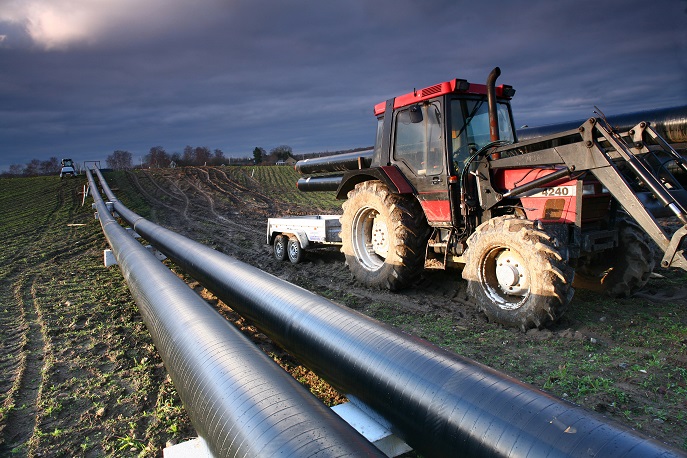
Danish dairy production is one of the most efficient in the world when measured against greenhouse gas emissions per unit of milk produced. This is mainly due to dairy producers having worked intensely on improving the utilisation of resources, for instance by refining farm management.
By focusing on carbon footprint reduction, farmers gain significant financial benefits. Energy savings alone can make a significant economic difference for the individual farmer. Therefore Danish dairies offer dairy farmers an on-farm carbon assessment, a so-called ‘climate check’. This calculates the farm’s carbon footprint and inspires the farmer to reduce greenhouse gas emissions further. The assessment is voluntary and free of charge.
The farmers have nothing to lose, and everything to gain. The on-farm carbon assessment gives Danish dairy farmers a competitive edge through simple practical techniques that could also benefit farmers in other countries around the world.
The future will be low carbon
These examples are just the tip of the iceberg of Denmark’s action-oriented efforts to advance the global climate agenda outside the climate negotiations. They will hopefully contribute to raising the level of ambition in the COP21 climate agreement, especially in relation to the so-called Workstream 2 of the UN climate negotiations that facilitates actions to close the pre-2020 emissions gap. Ambition and realism are equally important as countries will be far more willing to put forward ambitious targets for actions that will result in tangible benefits such as improved public health and energy security.
"The Danish energy model can pave the way for further reduction targets and action on a much broader scale"
Show, don’t tell. The Danish energy model can pave the way for further reduction targets and action on a much broader scale in order to mitigate climate change globally, and to avoid the severe changes to our climate.
A lot is already happening on the international stage. Prices on renewables, in particular wind and solar, have fallen significantly and are increasingly competitive with traditional fossil fuels. Attractive electric cars and new energy storage solutions are entering the global market. This shows that low-carbon solutions can play a key role in future energy systems and that markets are getting ready to embrace the low-carbon economy: crucial steps on the road to reaching our long-term goals.





